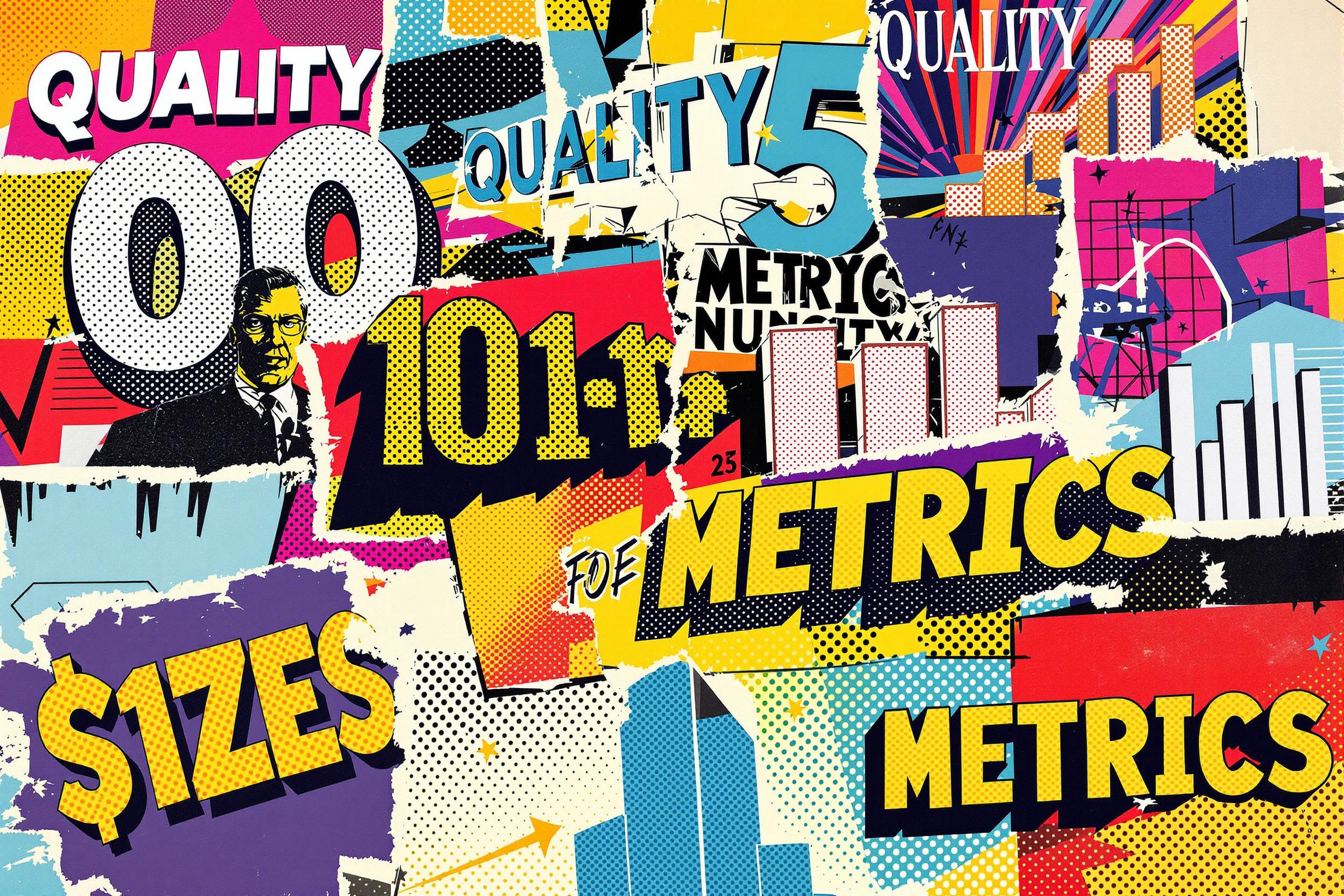
Model Evaluation
Model Evaluation is the process of checking how well a data science solution works before using it in real situations. Think of it like test-driving a car before buying it. Data scientists use Model Evaluation to make sure their computer programs can accurately predict or analyze information, like predicting customer behavior or identifying objects in images. This is a critical step that shows whether the solution is reliable enough to be used in real business situations. When you see this term in resumes, it means the candidate knows how to verify and validate that their data science work actually delivers accurate results.
Examples in Resumes
Improved business predictions by conducting thorough Model Evaluation on customer behavior analysis
Led Model Evaluation efforts that increased accuracy of sales forecasting by 25%
Implemented rigorous Model Evaluation and Model Assessment protocols for machine learning projects
Typical job title: "Data Scientists"
Also try searching for:
Where to Find Data Scientists
Online Communities
Professional Networks
Learning Resources
Example Interview Questions
Senior Level Questions
Q: How do you choose the right evaluation metrics for different types of business problems?
Expected Answer: A senior candidate should explain how they match evaluation methods to business goals - like using accuracy for simple yes/no predictions, or more complex metrics for cost-sensitive decisions. They should give examples of how they've helped business stakeholders understand these choices.
Q: Tell me about a time when model evaluation revealed unexpected problems. How did you handle it?
Expected Answer: Look for answers that show experience in discovering issues through testing, communicating problems to stakeholders, and implementing solutions. They should demonstrate both technical knowledge and business understanding.
Mid Level Questions
Q: What basic checks do you perform when evaluating a model?
Expected Answer: They should mention checking accuracy, testing with new data, and making sure the model works consistently. They should also talk about comparing results with basic benchmarks.
Q: How do you know if your model is ready for real-world use?
Expected Answer: Candidate should discuss testing with different data sets, checking for reliable performance, and ensuring the model meets business requirements. They should mention basic validation techniques.
Junior Level Questions
Q: What is cross-validation and why is it important?
Expected Answer: They should explain in simple terms that cross-validation is like testing a model multiple times with different data to make sure it works consistently, similar to checking a recipe with different ingredients.
Q: How do you measure if a model is doing a good job?
Expected Answer: Look for basic understanding of common metrics like accuracy and error rates. They should be able to explain these concepts in simple terms and know when to use basic measurements.
Experience Level Indicators
Junior (0-2 years)
- Basic understanding of accuracy metrics
- Simple validation techniques
- Testing models with sample data
- Basic error analysis
Mid (2-4 years)
- Advanced testing methods
- Performance optimization
- Cross-validation techniques
- Model comparison strategies
Senior (4+ years)
- Complex evaluation frameworks
- Business impact assessment
- Custom metric development
- Evaluation strategy design
Red Flags to Watch For
- No experience with real-world data testing
- Cannot explain basic evaluation metrics
- Lacks understanding of business context in evaluation
- No experience with model validation techniques
- Unable to explain how to measure model performance
Related Terms
Need more hiring wisdom? Check these out...

Resume Optimizations that Candidates Do to Get Past AI Hiring Filters

Stop Chasing Unicorns: How to Finally Improve Candidate Quality Metrics (and Actually Enjoy Hiring)

Automated Scorecards in ATS Systems: Your Secret Weapon for Smarter Hiring Decisions

